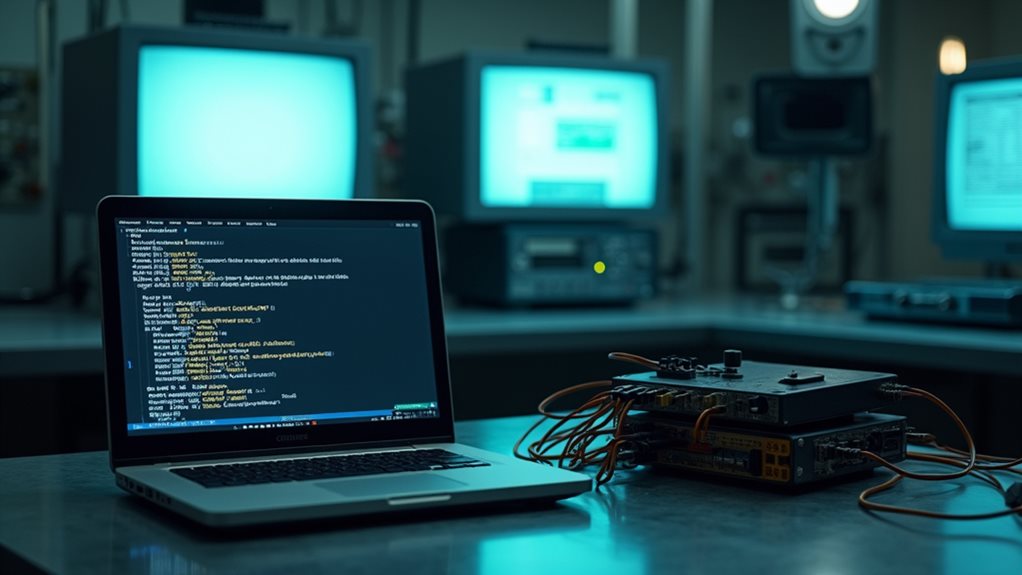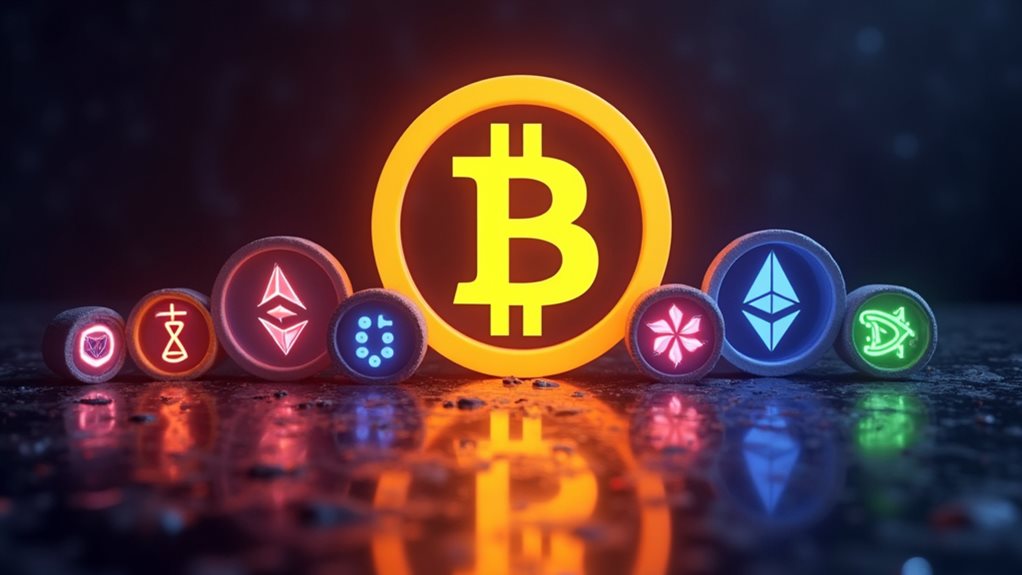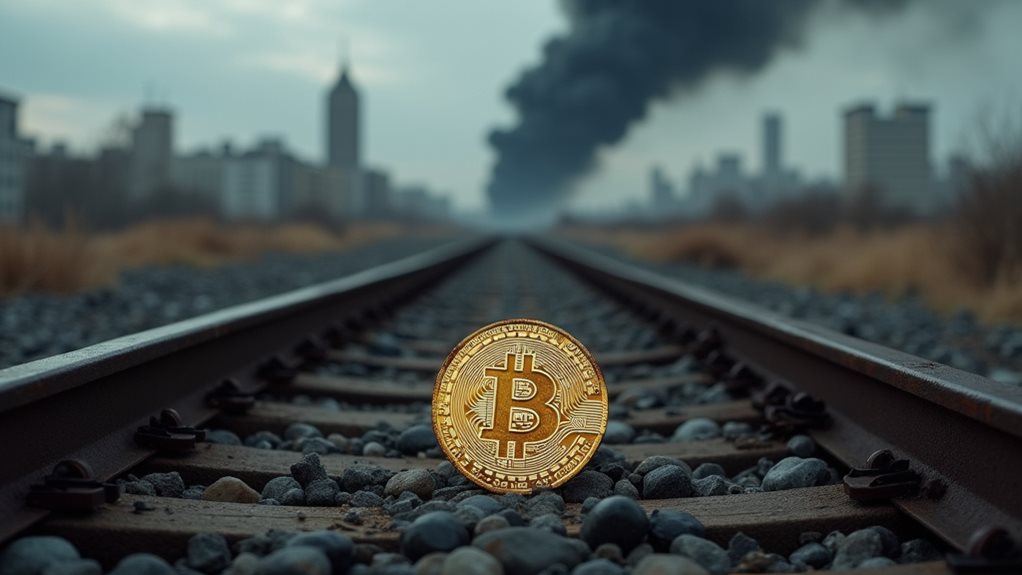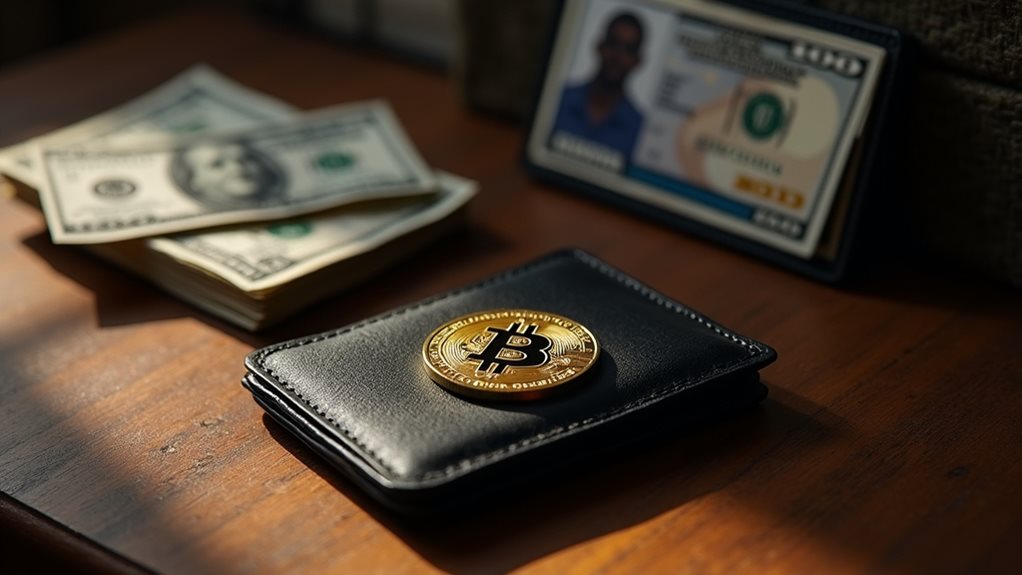Bitcoin burst onto the scene in October 2008 when the mysterious Satoshi Nakamoto dropped a game-changing whitepaper. The real action kicked off January 3, 2009, with the first-ever Bitcoin block mined. From pizza purchases worth 10,000 BTC to El Salvador making it legal tender, Bitcoin's wild ride has been anything but boring. Through crashes, booms, and regulatory drama, this digital rebel grew from worthless to nearly $70,000. And that's just the beginning of this crypto revolution.

The birth of Bitcoin reads like a tech thriller. On Halloween 2008, a mysterious figure named Satoshi Nakamoto dropped a bombshell – the Bitcoin whitepaper. No fanfare. No hype. Just nine pages that would change financial history forever. A few months earlier, someone (presumably Nakamoto) had quietly registered the Bitcoin domain name. Talk about playing it cool.
Then came January 3, 2009. The genesis block was mined, and the Bitcoin network sparked to life. Early adopters – mostly computer geeks and crypto-nerds – started mining away on their laptops. Nakamoto sent 10 Bitcoins to Hal Finney, and just like that, the first Bitcoin transaction entered the history books. The block contained a proof-of-work system that would become fundamental to Bitcoin's security. Nobody knew these digital coins would eventually be worth a fortune. Each Bitcoin could be divided into 100 million satoshis, making it highly divisible for smaller transactions.
The real fun started in 2010. Some guy bought two pizzas for 10,000 Bitcoins. Yeah, you read that right. Those coins would be worth millions today. But back then? Bitcoin was basically worthless. Just a bunch of computer code that crypto-enthusiasts were passing around. By the way, Nakamoto had vanished by this point, leaving behind the world's most valuable digital experiment. The cryptocurrency would later achieve 127% annual returns, outperforming traditional investments by a massive margin.
Things got serious between 2011 and 2014. Bitcoin hit $1, then $13. The government started paying attention – shutting down sketchy operations like Liberty Reserve. The IRS jumped in, declaring crypto gains as taxable. Because of course they did. Hackers and thieves showed up too, proving that where there's value, there's always someone trying to steal it.
The real roller coaster came in 2015-2017. Bitcoin went from $430 to nearly $20,000. Technical drama led to Bitcoin Cash splitting off from the main chain. Millions of people jumped on the crypto bandwagon. Wall Street finally noticed – launching Bitcoin futures trading. The party couldn't last forever, though.
By 2018, prices crashed hard. But Bitcoin wasn't dead – not even close. El Salvador made it legal tender in 2021, a first for any nation. Environmental concerns about mining started growing louder. Big institutions began buying in, giving Bitcoin more legitimacy than ever. By 2025, experts predict Bitcoin's price target could reach as high as $185,000.
Fast forward to now, and Bitcoin's still here, still controversial, still volatile as hell. Some call it digital gold, others call it a Ponzi scheme. But one thing's certain – that mysterious whitepaper from 2008 started something that nobody can ignore anymore.
Frequently Asked Questions
Who Currently Owns the Most Bitcoins in the World?
Based on available data, Binance currently holds the largest verifiable Bitcoin stash at over 647,106 BTC – though most of that belongs to users, not the company itself.
Satoshi Nakamoto, Bitcoin's mysterious creator, likely owns more (estimated around 1 million BTC) but hasn't touched those coins in years. Talk about diamond hands!
After those two, BlackRock comes in third with roughly 530,831 BTC through their investment trust.
Why Did Satoshi Nakamoto Choose to Remain Anonymous?
Satoshi Nakamoto's anonymity wasn't just a quirky choice – it was strategic.
Privacy and security were huge factors, especially given Bitcoin's revolutionary nature. The creator likely wanted to avoid becoming a target for hackers, governments, or legal complications.
Plus, staying anonymous perfectly aligned with Bitcoin's core principles of decentralization. No face, no leader, no central authority.
Pretty clever, actually. The mystery only made Bitcoin more intriguing.
How Many Bitcoins Have Been Permanently Lost or Are Inaccessible?
Between 3 to 4 million bitcoins are estimated to be permanently lost – that's up to 25% of all mined coins just… gone. Oops.
Chainalysis pegs it at 3.7 million, while River estimates 1.6 million from self-custody fails alone. Early adopters were particularly careless, treating Bitcoin like digital pocket change.
Dead hard drives, forgotten passwords, exchange hacks – it all adds up. Those coins are still visible on the blockchain, just frozen forever like crypto fossils.
What Happens When All 21 Million Bitcoins Are Mined?
When all 21 million bitcoins are mined (around 2140), mining doesn't just stop – it evolves.
Miners will shift from earning block rewards to collecting transaction fees exclusively. The network keeps running, but no new coins enter circulation. Pretty neat system, actually.
Some worry about miner incentives, but transaction fees should keep them motivated.
Bitcoin's scarcity becomes absolute at this point. No more fresh coins. Ever. That's kind of the whole point.
Can Governments Effectively Ban or Shut Down Bitcoin?
Governments can try to ban Bitcoin, but they can't really "shut it down." Period.
Its decentralized nature makes it incredibly resistant to control – like trying to ban math or the internet.
Sure, countries can restrict exchanges and make life difficult for users, but Bitcoin's peer-to-peer network keeps humming along.
Just look at China's attempts – multiple bans, yet Bitcoin survives.
People find ways around restrictions using VPNs and alternative trading methods.









